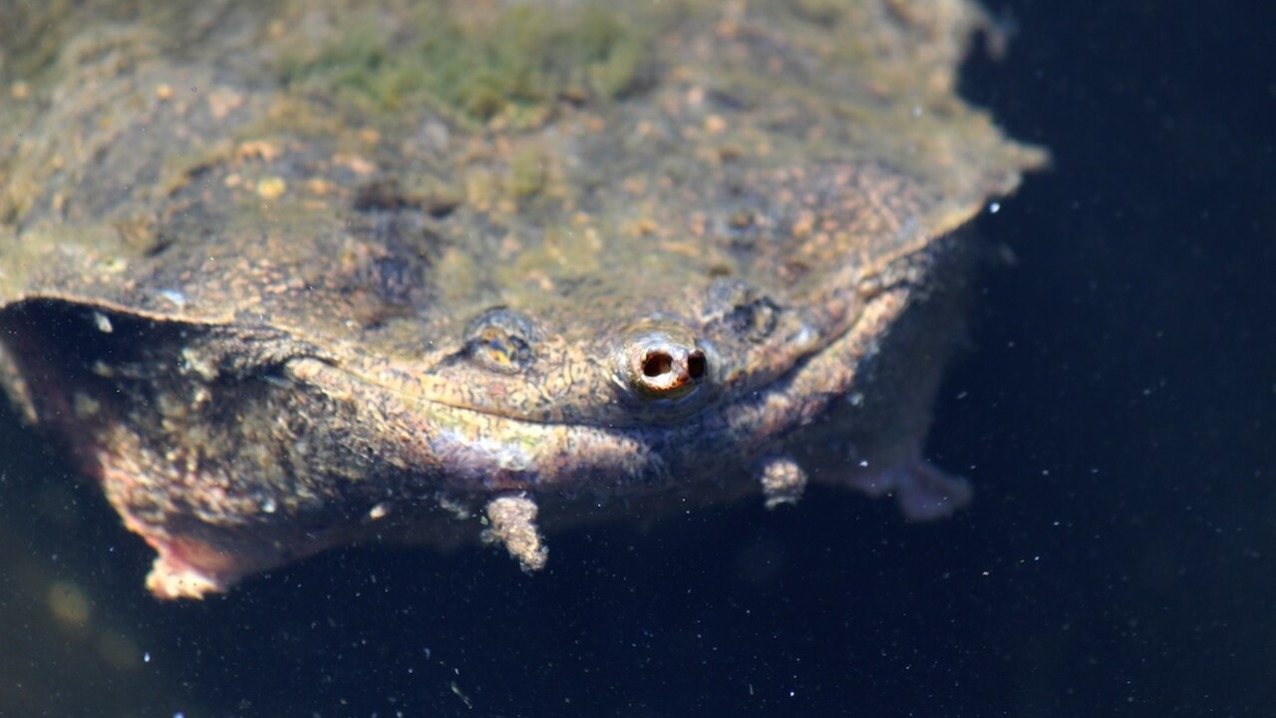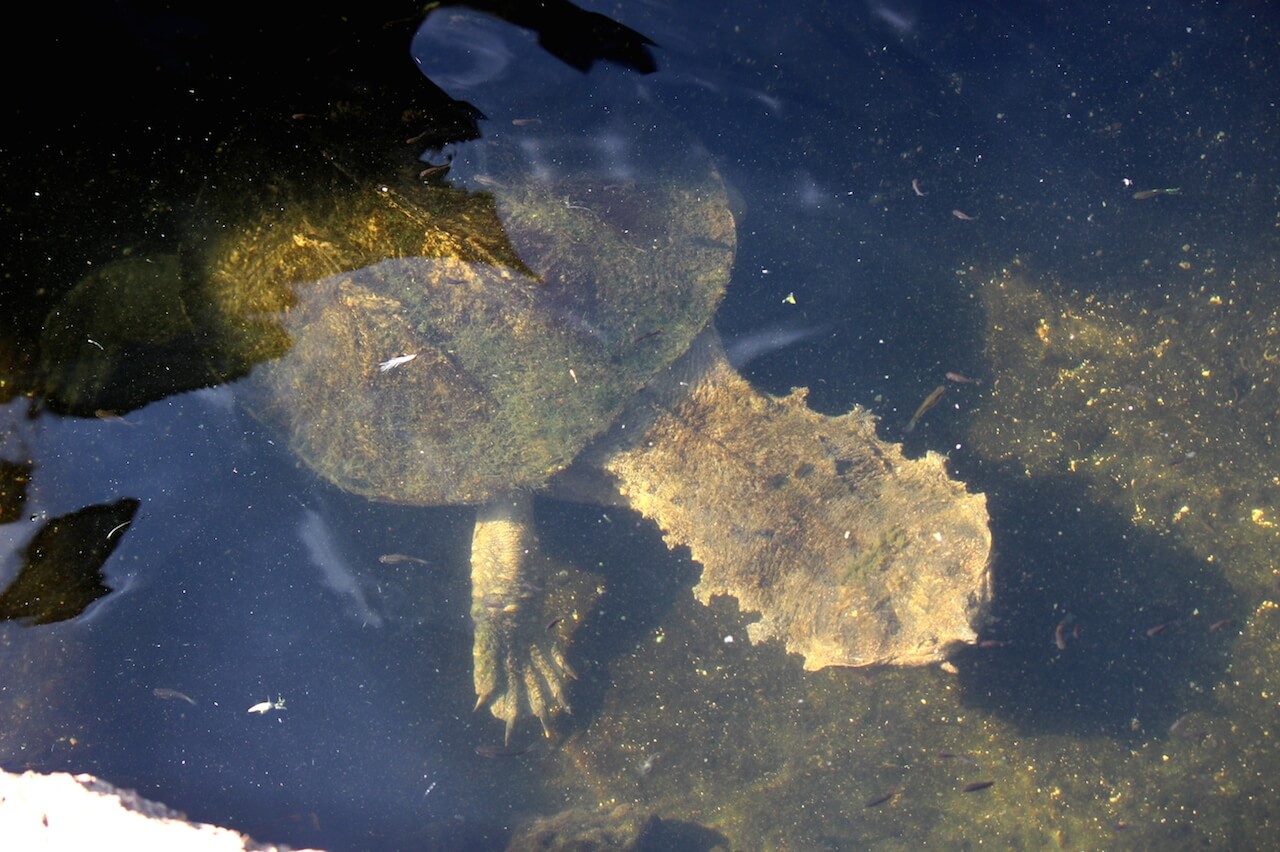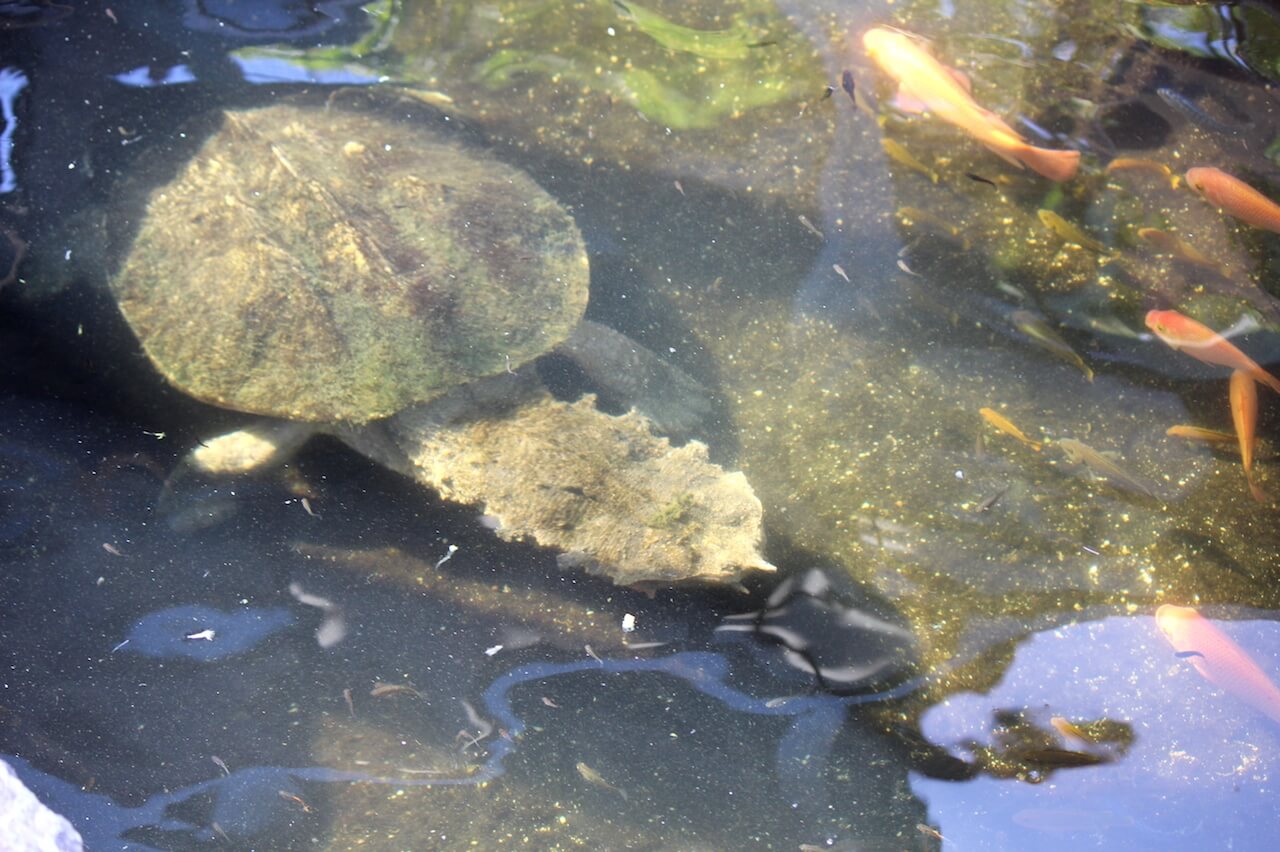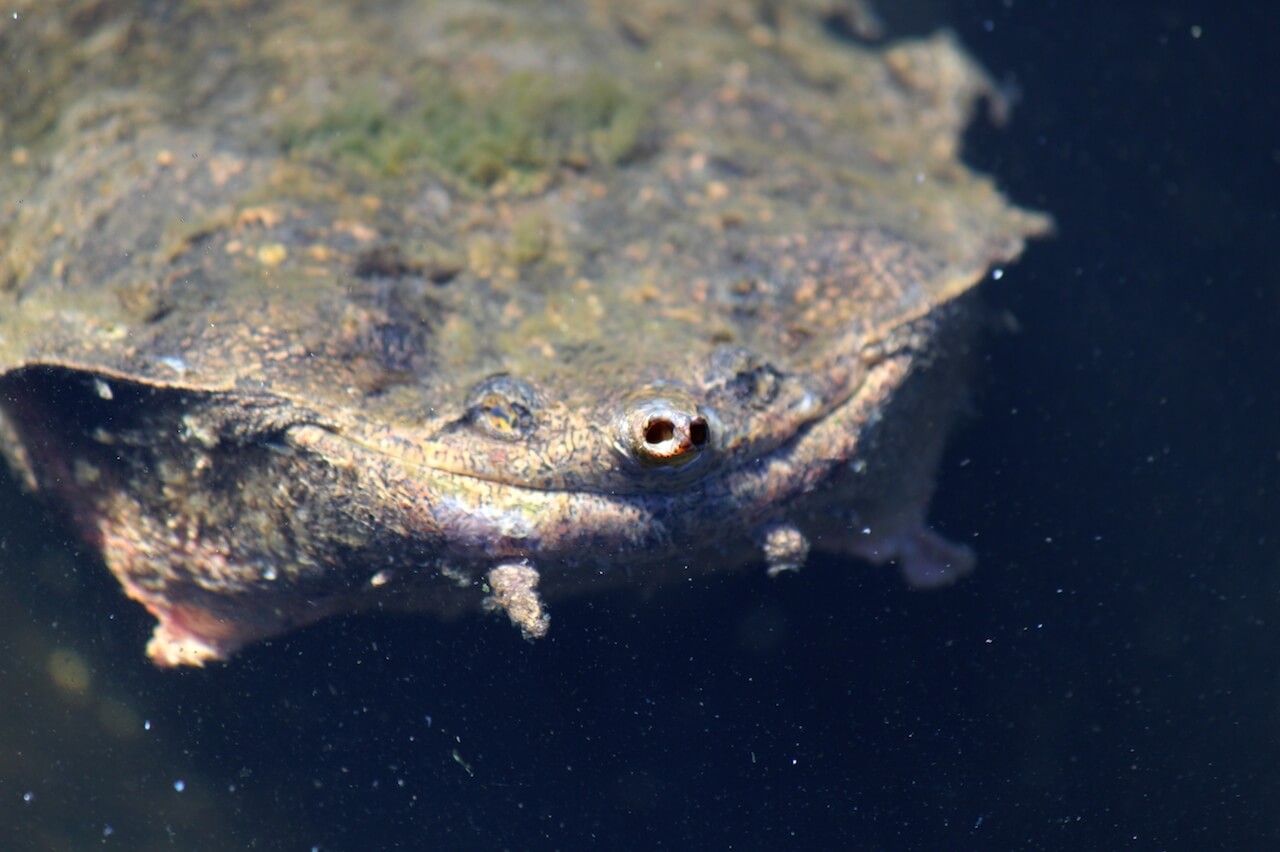chelus fimbriata
Matamata Turtle
About Me
Scientific Name: Chelus fimbriata
Description
The Matamata turtle, Chelusfimbriatus, may reach a carapace length of 18 inches, and is bizarre in appearance. The shell is exceedingly rough and knobby, each lamina (horny plate) being cone shaped and bearing very well-marked growth rings. The head and neck are large and flat and are covered with numerous protuberances, warts, and ridges.
Fun Facts
- Adults are uniformly dark brown or black. The throat area is red, pink, or dull buff. The young have brown carapaces and plastrons.
- The mouth is extremely wide, and the snout is very long, enabling the creature to breathe while almost completely submerged.
- Kingdom: Animalia
- Phylum: Chordata
- Class: Reptilia
- Order: Testudines
The Matamata turtle, Chelusfimbriatus, may reach a carapace length of 18 inches, and is bizarre in appearance. The shell is exceedingly rough and knobby, each lamina (horny plate) being cone shaped and bearing very well-marked growth rings.
The head and neck are large and flat and are covered with numerous protuberances, warts, and ridges. The flap-like appendages on the sides of the head and neck have been found to be highly sensitive to water movements caused by fish swimming by, which it preys upon. The mouth is extremely wide, and the snout is very long, enabling the creature to breathe while almost completely submerged.
The eyes of the Matamata are very small and situated very near the snout. This tends to indicate they are of little value in capturing prey. The limbs are poorly developed.
Adults are uniformly dark brown or black. The throat area is red, pink, or dull buff. The young have brown carapaces and plastrons.
Males have slightly longer tails; females are larger and wider, with wider necks.
In common with the soft-shelled turtles, the nasal region of this species is elongated, enabling the nose to be used as a snorkel. The Matamata will lurk quietly for long periods in shallow water, ready to pounce on passing prey.
This species inhabits stagnant pools in Brazil and the Guianas and also in parts of the Amazon River and in Trinidad.
Translated from Spanish, matamata means “I kill, I kill”.
All of the Matamata’s specializations are directed toward one goal: its mode of eating. This turtle has the habit of lying on the bottom of the water, where its head and neck are excellently camouflaged by the various protuberances, which break up the outline, and also by a layer of algae which usually grows on the shell. When small aquatic invertebrates or fish swim near the Matamata’s mouth, it opens it suddenly and widely, and simultaneously expands the neck. There is a sudden inrush of water, which generally carries the fish in with it. The turtle then ejects the water, swallows the fish, and starts again. The capacity of the mouth is quite astonishing.
A docile species, the Matamata is neither able nor inclined to bite with any effectiveness. It is also very sensitive to light.
In the Zoo, the Matamata is fed live Talapia fish.
In October to December, 12-28 round, hard- shelled eggs, I 1/2inches in diameter, are laid in river beaches or on high ground near the banks of small creeks. Incubation is 208 days. They are sexually mature at 5 years.
Other Reptiles
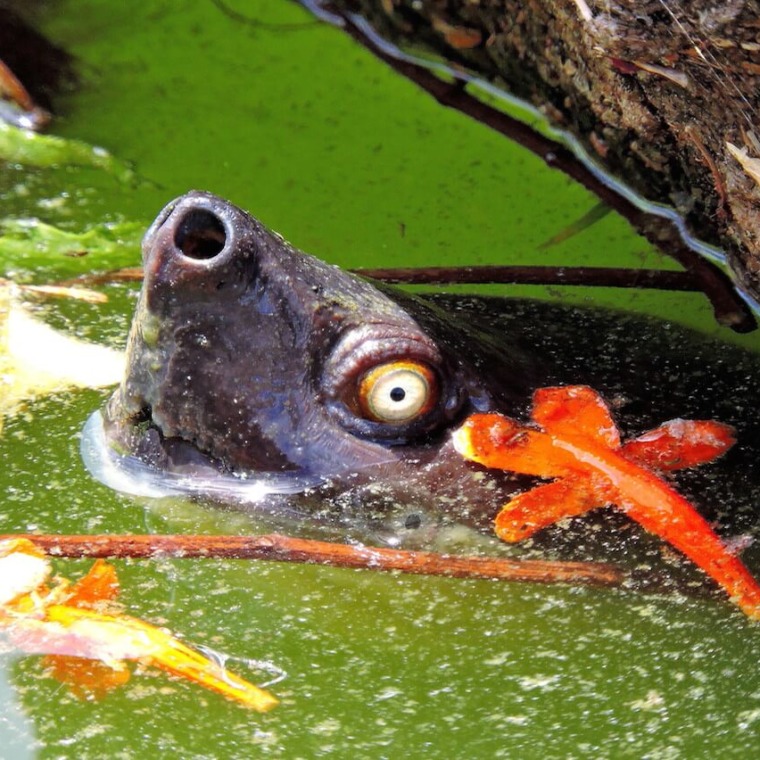
The last populations of Tutong are found in India, Indonesia, Bangaladesh, and Malaysia. It is extinct in its former range of Thailand, Myanmar, Vietnam, and Singapore.
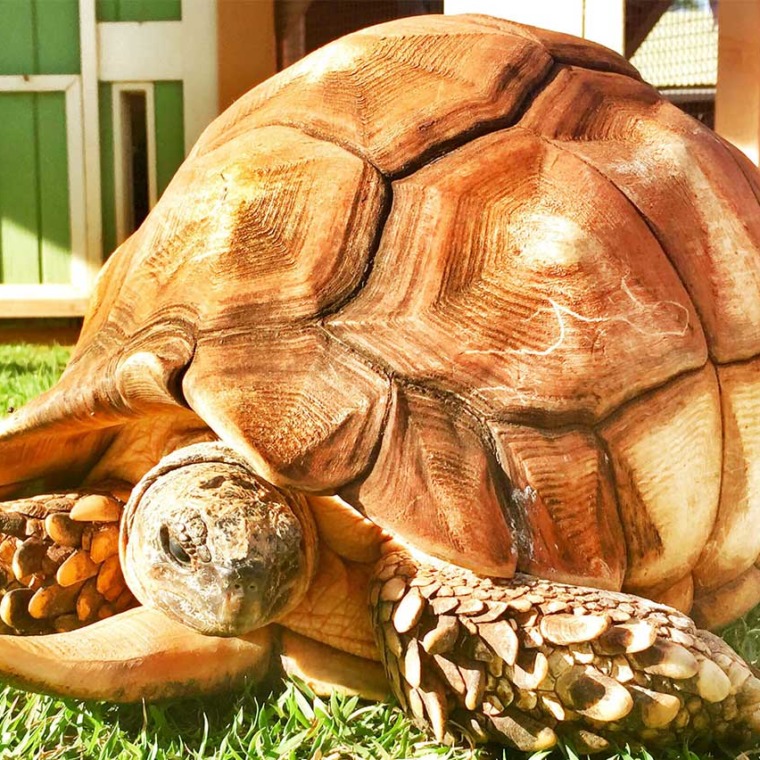
Inactive during cool, dry season (May to October). Does not dig burrows. Seeks protection in thickets and seeks shelter in surface litter. Forages during morning and late afternoon.
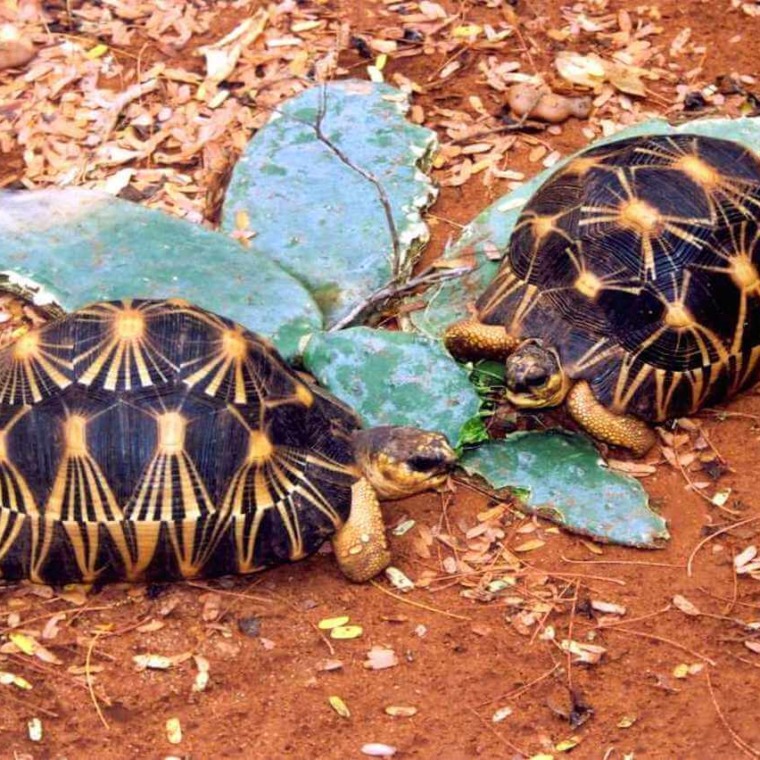
In the wild, this reptile is relegated to the extreme south and south-western portions of Madagascar. In recent times, they have also been introduced to the nearby island of Reunion.
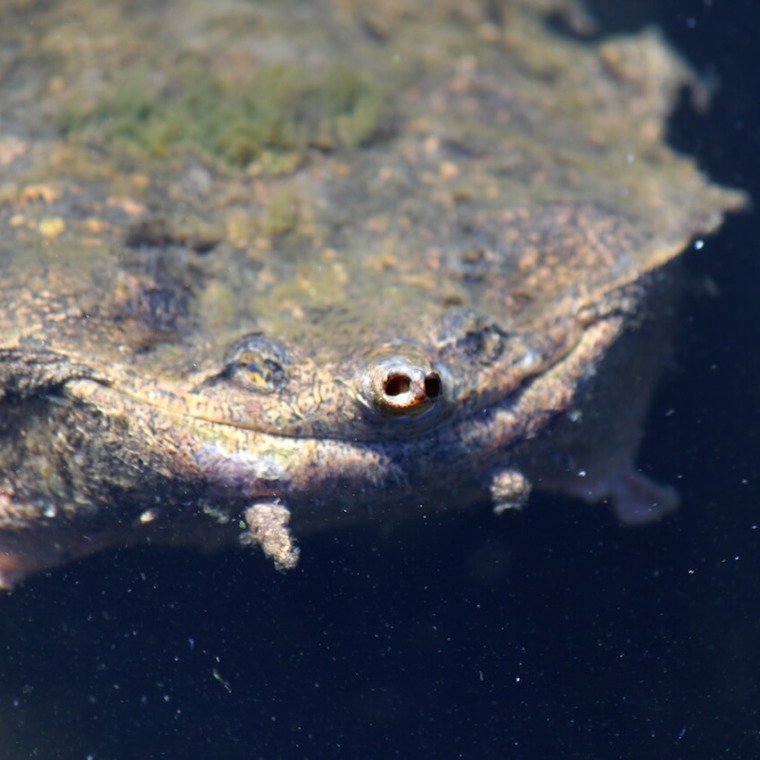
This species inhabits stagnant pools in Brazil and the Guianas and also in parts of the Amazon River and in Trinidad.
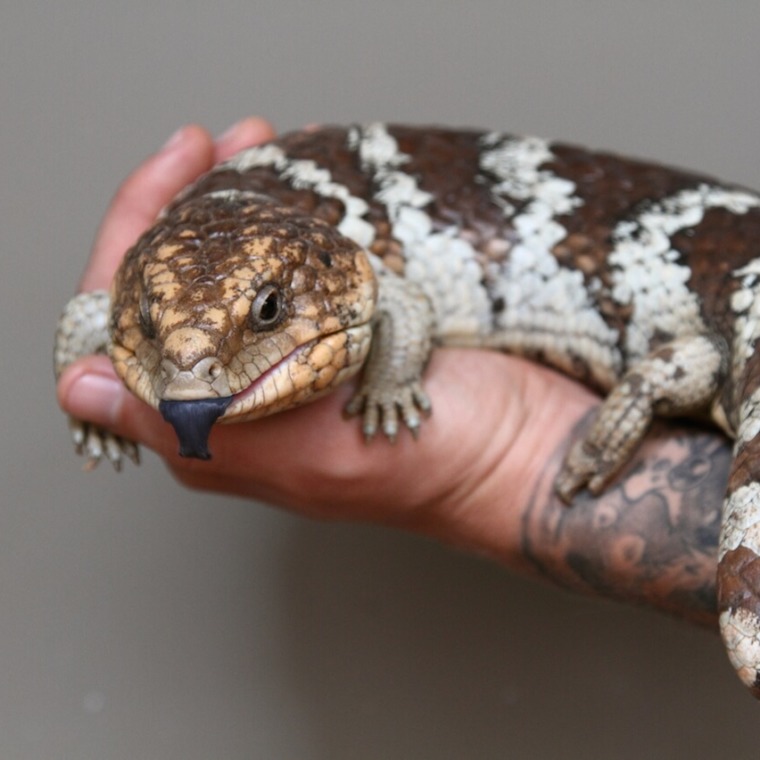
The Shingleback skink is found in southern and western Australia, in desert grassland areas or sandy dunes. Skinks are shy and secretive and seldom stray far from their shelter.


